Chile’s culture is a unique fusion of European settlers and Native Americans creating a culture with a diverse mélange of traditions, beliefs, and lifestyles. These days Chile has risen to be the most prosperous country in South America, due to its rich and resourceful land and sea, as well as its strong industrious character. Traveling to Chile offers an experience rich with local history, incredible food and unique traditions all surrounded in jaw-dropping landscapes. If this South American gem is on your bucket list be sure to learn more about Chile’s culture and history before visiting, and consider incorporating the following activities into your itinerary.
how to experience Chile’s culture:
1. Visit an Estancia
Horseback riding at Estancia La Peninsula
Estancias are large farms, plantations, or ranches with access to grassland and pampas to farm and raise cattle. They were most commonly owned by wealthy families in the southern regions of South America, however, after the Industrial Revolution happened, many had to be sold and converted partially of fully into accommodations known as haciendas. When visiting a working Estancia you’ll experience and understand the true Gaucho lifestyle. Gauchos are the cowboys of the Patagonia region, wondering around on their horses and taking care of their estancia and their cattle. Spend a full day immersing yourself in the landscape and traditions at an estancia and you will be transported back in time as you learn about cattle or sheep farming, and perhaps enjoy an authentic Patagonian barbecue known as the ‘asado al palo’.
Learning about sheep shearing and wool classification at Estancia La Peninsula
Our favorite working estancias to visit, both located in Patagonia:
Estancia La Peninsula - a fifth generation estancia accessible only by boat, this beautiful land offers a variety of activities from horseback riding, sheep-shearing demonstrations, authentic barbecues, hiking and more. Here you can learn the full gaucho history surrounded by gorgeous vistas.
Estancia Consuelo near Puerto Natales and established in 1893 by an intrepid explorer, this welcoming estancia offers horseback riding, guided nature walks, and opportunities to learn about cattle raising. Delicious and traditional meals are served by the friendly hosts.
Estancias converted into Haciendas:
Hacienda Tres Lagos in Puerto Guadal situated amidst stunning Patagonia landscape.
Hacienda Vira Vira is luxurious and traditional, located in beautiful Chilean lake district.
2. Indulge in a Traditional Seafood Feast
Local seafood cooked Caranto style. Photo by Renzo Disi
Although Chile does not have the best sea to swim in, it is a fisherman’s paradise. Due to the cold flow of water found along the coast, shrimp, crab, clams, oysters, and any other thinkable crustaceans or fish are easily found for a delicious seafood feast. Walking by the Chilean coast in any town you are guaranteed to find some of the freshest and most affordable traditional seafood street food. Dishes are sometimes raw or made into ceviche, sometimes baked, grilled or cooked in a hole in the ground. This process is called Caranto and is a traditional preparation in the South of Chile, made with seafood, fish and potatoes. Valparaiso is a great location to try some of the best seafoodie spots in the country, and while you’re there be sure to try out a cooking class and learn to make some of the recipes yourself! Some traditional coastal dishes includ
Cooking class in Valparaiso
Chupe is a seafood stew similar to a chowder and made with Patagonian king crab. It’s cooked for hours, blending the flavors of all the ingredients and usually served in an artisanal clay bowl.
Pastel de Jaibas is a pastry made from crabs, called jaiba in Chile, and covered with local cheese.
Ceviche in Chile is made with very finely chopped fish, lime and grapefruit juices, minced chilies and garlic. Cilantro and fresh mint are other popular ingredients.
Oysters by the sea! Slurp from fresh shells harvested right in front of you. You can even find a kilo of oysters, or 100 pieces, for 30 dollars.
3. See the Old Town of Santiago
Although it has a very modern metropolis, the old town of Santiago is home to the best art museums, art galleries, and artsy hangouts with a very bohemian environment. Wandering the streets you will be able to find many places offering live music in restaurants and bars, theater shows, stand-up comedy acts and small streets that make hopping around activities easy and fun.
Central plaza in Santiago, Chile
Basilica de la Merced is also located in downtown Santiago. This colorful church was built in the sixteenth century, and although it was damaged and rebuilt several times, it is one of the oldest Catholic constructions in the whole South American continent.
The neighborhood of Bellas Artes on the weekends comes to life with outdoor markets giving energetic and amazing vibes to indulge in. While visiting consider going to a picture-perfect landmark of the city — the National Museum of Bellas Artes — home to over 3000 art pieces and a library focused on visual arts.
4. Go Winery Hopping
Chile’s Central Valley has some of the best wine regions in the world, due to the diversity in the soil and the region’s climate. If you are wondering what to expect when visiting a Chilean vineyard, you are in for a treat. Many vineyards offer a complete tour of their grounds, where you will see the production methods, processes, and ultimately be able to taste the different varietals they produce.
Learning about local wine at a vineyard in Chile
There is a lengthy number of vineyards you can pick from and three different soil and terrain types found in Chile, which are categorized into specific Valleys. The three types of terrains are called Andes, Coastal and “Entre Cordilleras”, which literally translates to in between mountains. Each region generates and produces different grapes and wines due to the soil’s elevation and overall atmosphere. The grapes grown in center of Chile, where the climate is warmer are strong and powerful ripe grape varietals, whereas in the coastal or high-elevation areas you’ll find the more delicate grapes grown. Although the land, climate and location work as an advantage in regard to the quality and flavor, winemakers have done continuous research to understand which type of soil works best for each variety of grape. Just one of the reasons Chilean wines have become renowned around the world!
5. Explore Indigenous Culture
Traditional music with Mapuche people
The Mapuche are the biggest and most represented indigenous group who settled in Chile as early as 600BC. They are known as being indestructible due to the fact that the Spanish were never able to conquer them, and even the mighty Incas failed to invade their land. Nowadays, they are settled in the region of Araucania, and proudly offer experiences to visitors who want to engage in an authentic cultural exchange. You can choose from staying the night in their traditional homes, learning to cook their traditional meal made with products grown on their land, or perhaps even attending one of their ancestral rituals.
In Patagonia, you can find the Kawesqár. A seafaring, nomadic people, the Kawesqar were among the first inhabitants of southern Chile’s channels and fjords, skillfully navigating these channels in canoes, catching their meals from the sea and weaving their own artisan handcrafts from Junquillo - a local fiber. Today, only 13 Kawesqar communities remain across the Magallanes region. When visiting Patagonia, be sure to find opportunities to learn more about these unique and often overlooked people who first called that wild terrain their home.
6. Learn some Spanish
What better way to understand a country’s culture than through its local language? While most South American countries speak Spanish, the slang, accents and mannerisms can change dramatically from one country to the next. Chile in particular is known for having a very distinct way of speaking the language, and achieving some level of Spanish understanding before you go will give you an extra advantage and insight into the culture. Although people who work in hospitality and tourism will often speak English and perhaps other languages, in general less than 3% of Chileans speak English. So being able to speak some Spanish will make it possible to connect with many more locals as you explore the country. Once you’re Spanish-learning is underway, check out our tips and tricks on how to sound like a native speaker.
To learn Spanish online from experts, be sure to check out the courses offered by Freestyle Language Center before you go. Their curriculum is designed to help you truly use the language just like a native speaker - perfect for travelers who want to use language abroad!
7. Travel with a Guide
Trekking in Patagonia with an expert guide
Traveling to an unknown location is always fun, however, it can also be very easy to unknowingly fall into tourist traps that end up being less local, somewhat “touristy”, and more expensive. Having a trustworthy guide that takes you to all the hidden gems known only by the locals will connect you to individuals from the community. A great guide will also teach you fascinating stories about each place you visit and welcome you in to interesting aspects of the local culture. We all know how different it can be to visit a city on your own vs visiting a good friend who’s lived in that city for years and knows exactly where to take you, and where not to take you. Plus, even though Chile is one of the safest locations in South America, having an expert in the area show you around always helps ensure an even safer experience. Whether it’s just for a day or a single experience or for the duration of your trip, be sure to find the opportunity to connect with a local guide who’s no doubt an expert on everything that makes Chile and Chilean culture so remarkable!
Curious about joining a guided small group departure to Chile or creating a custom trip? Check out our ultimate Chile & Patagonia itinerary! From Santiago to Valparaiso and Patagonia, you’ll visit the most incredible destinations in Chile and immerse yourselves in cultural experiences all along the way.





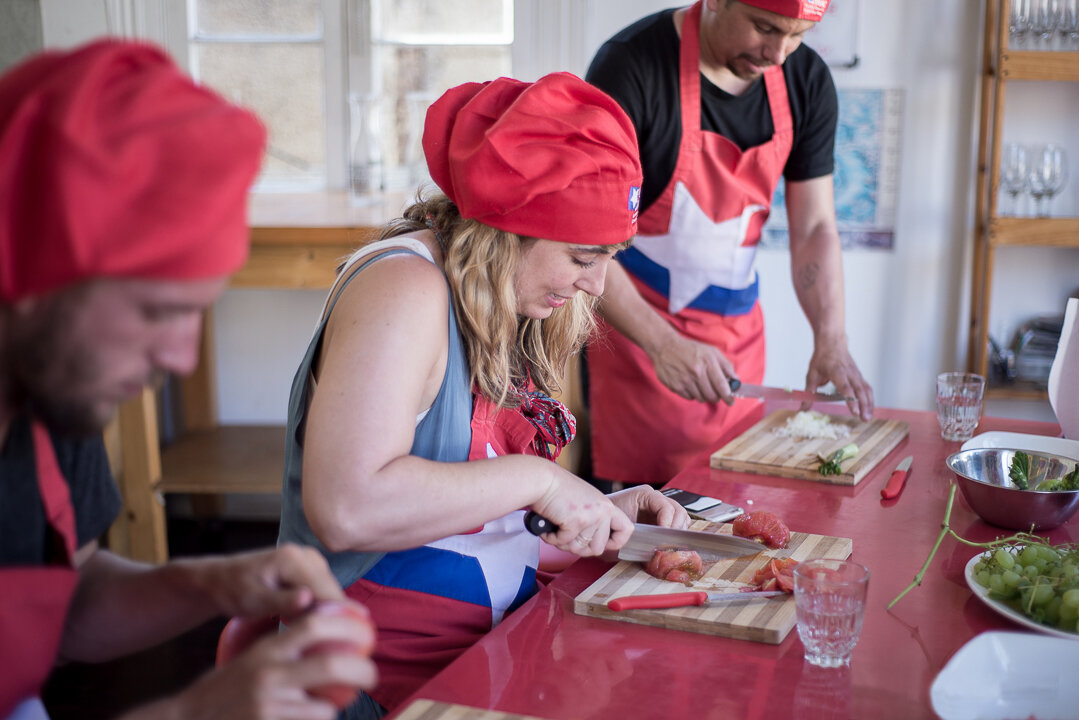





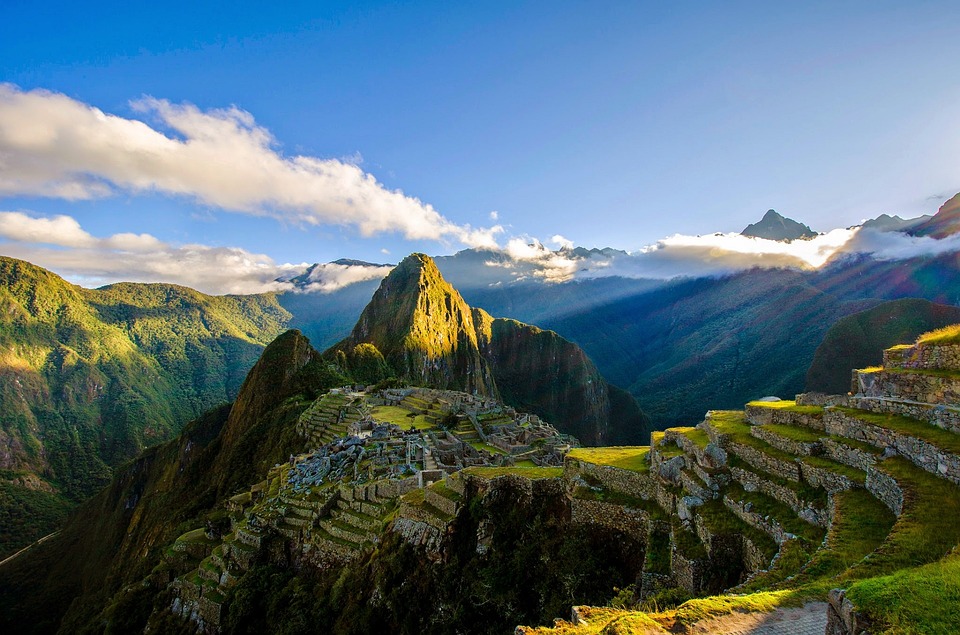

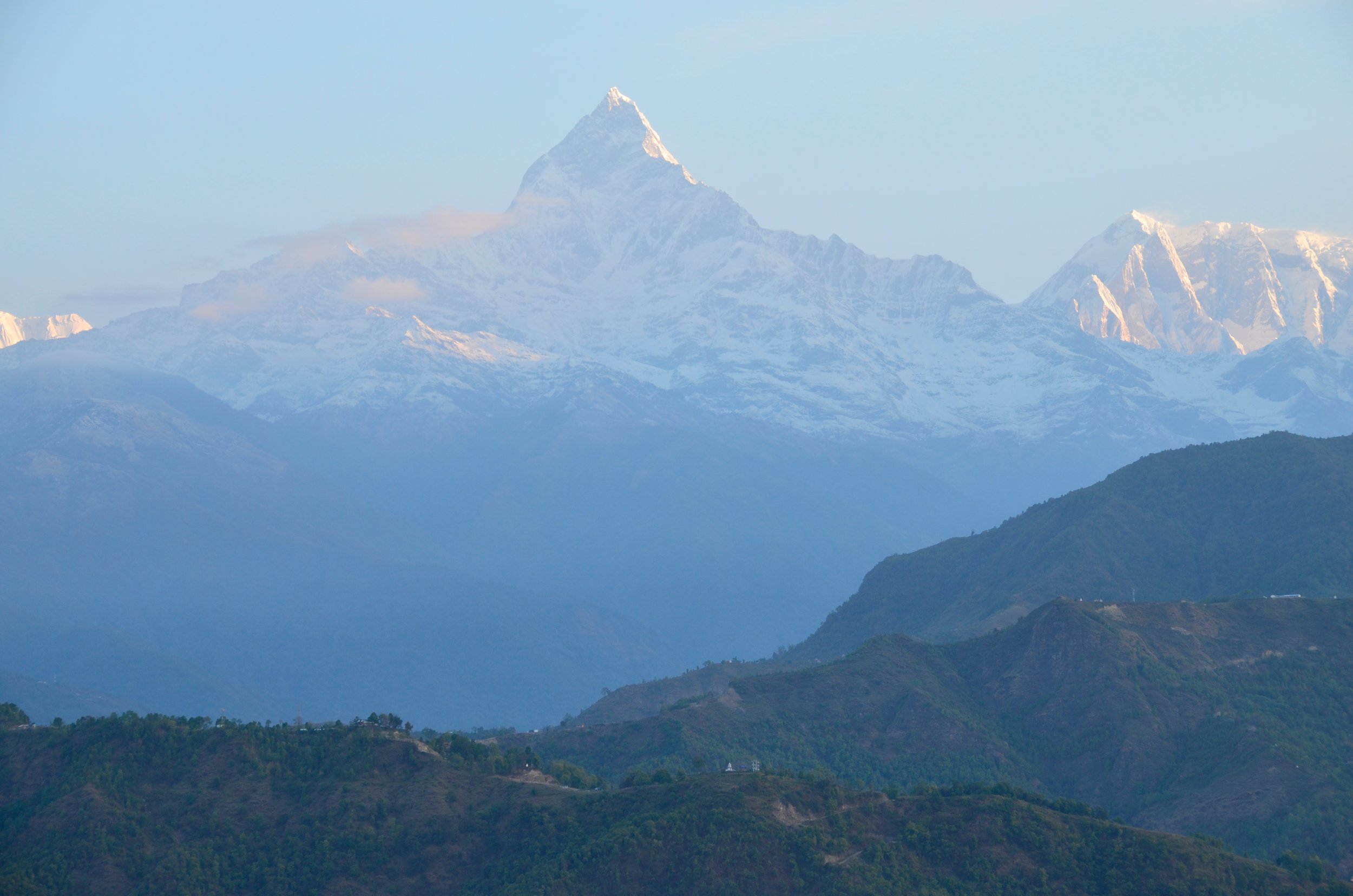

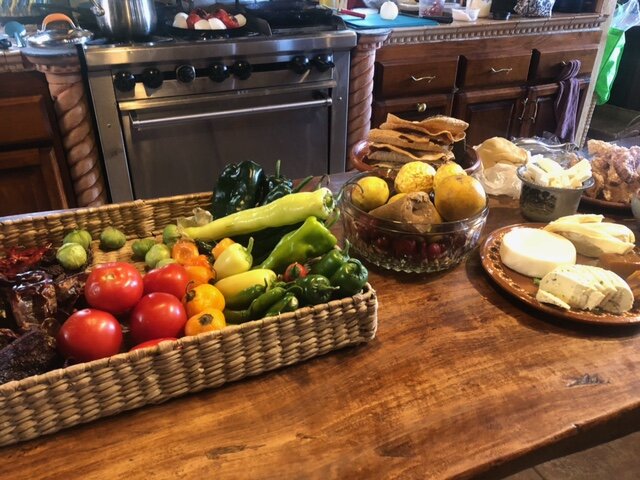
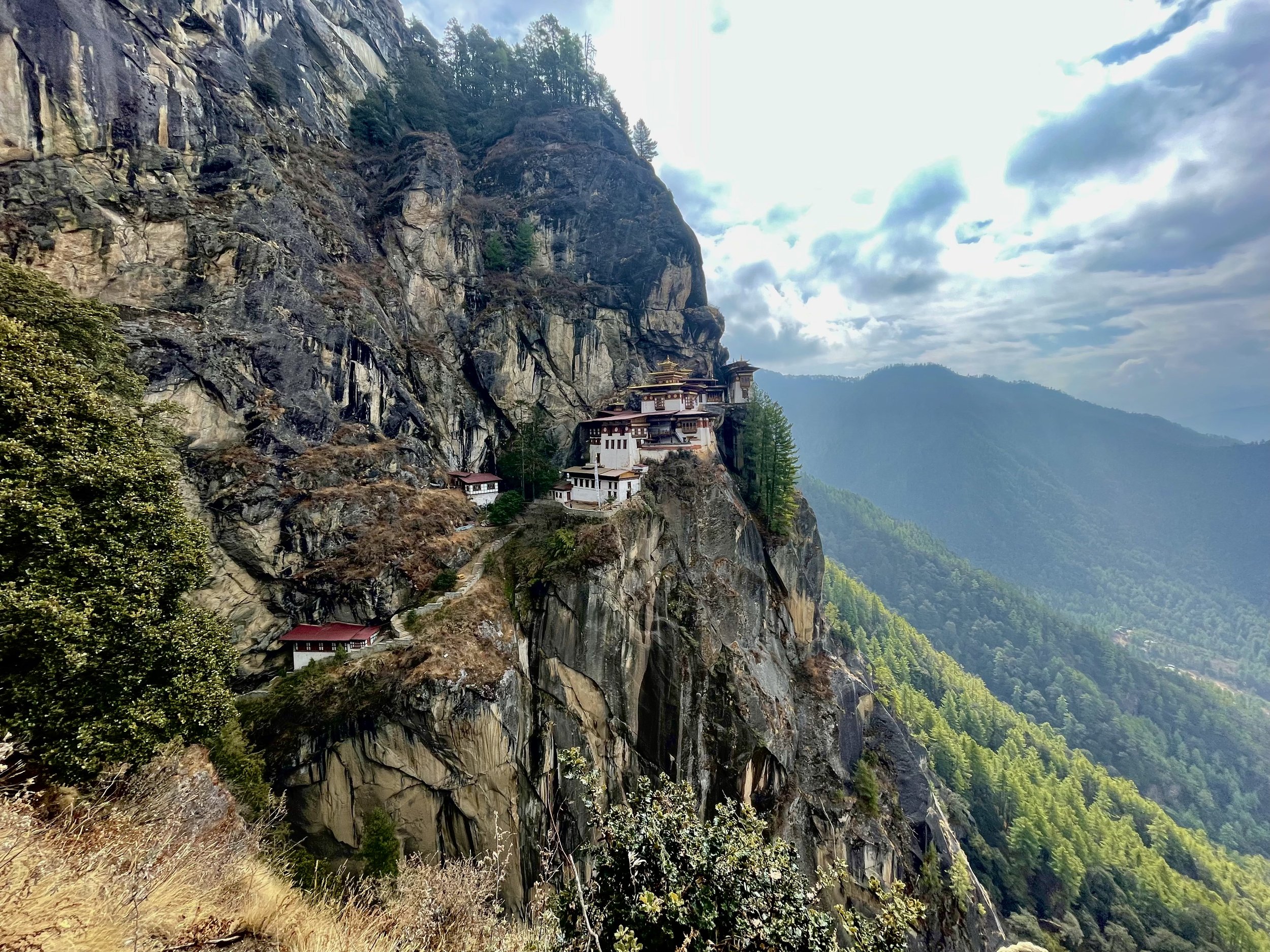





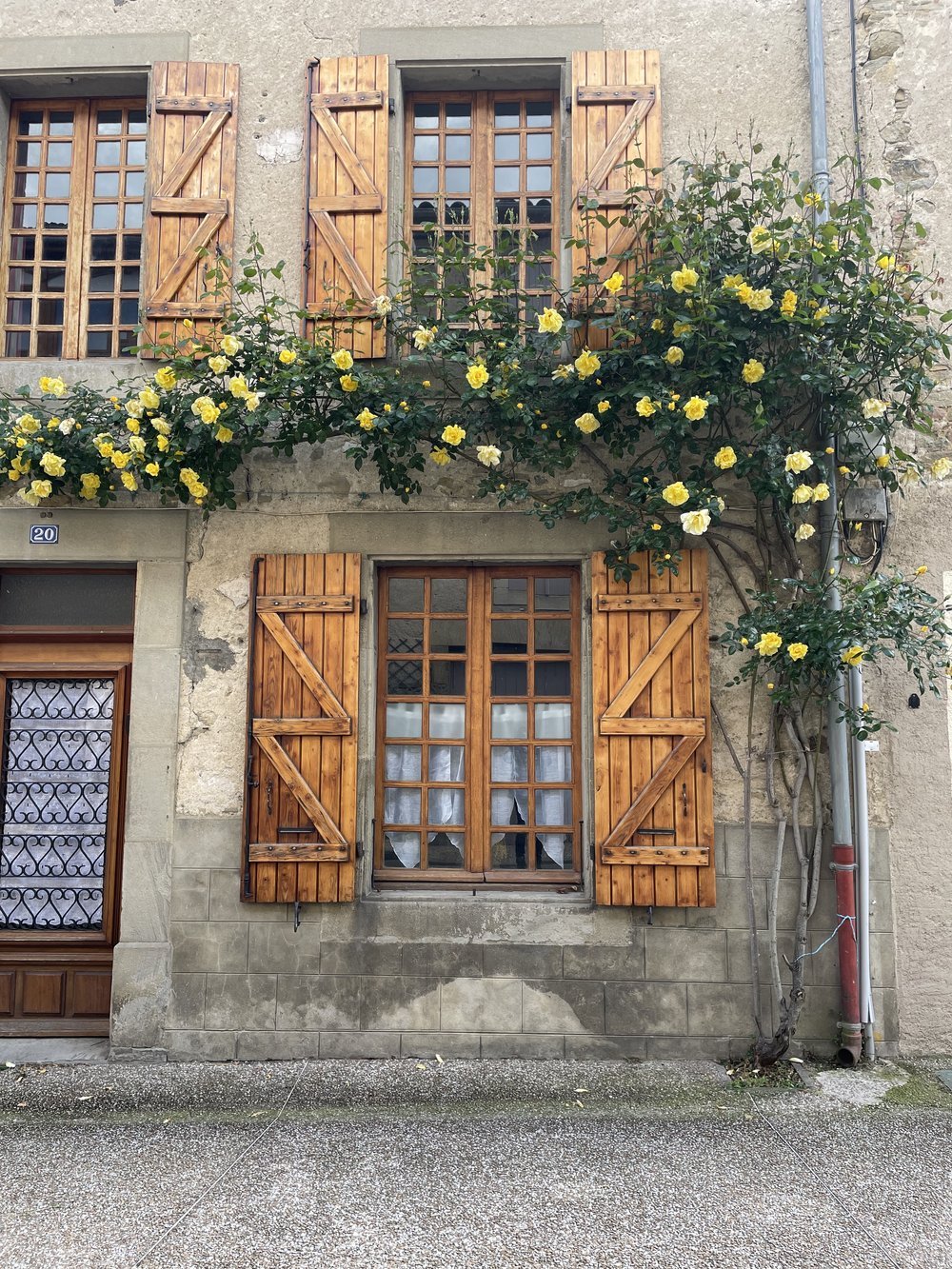



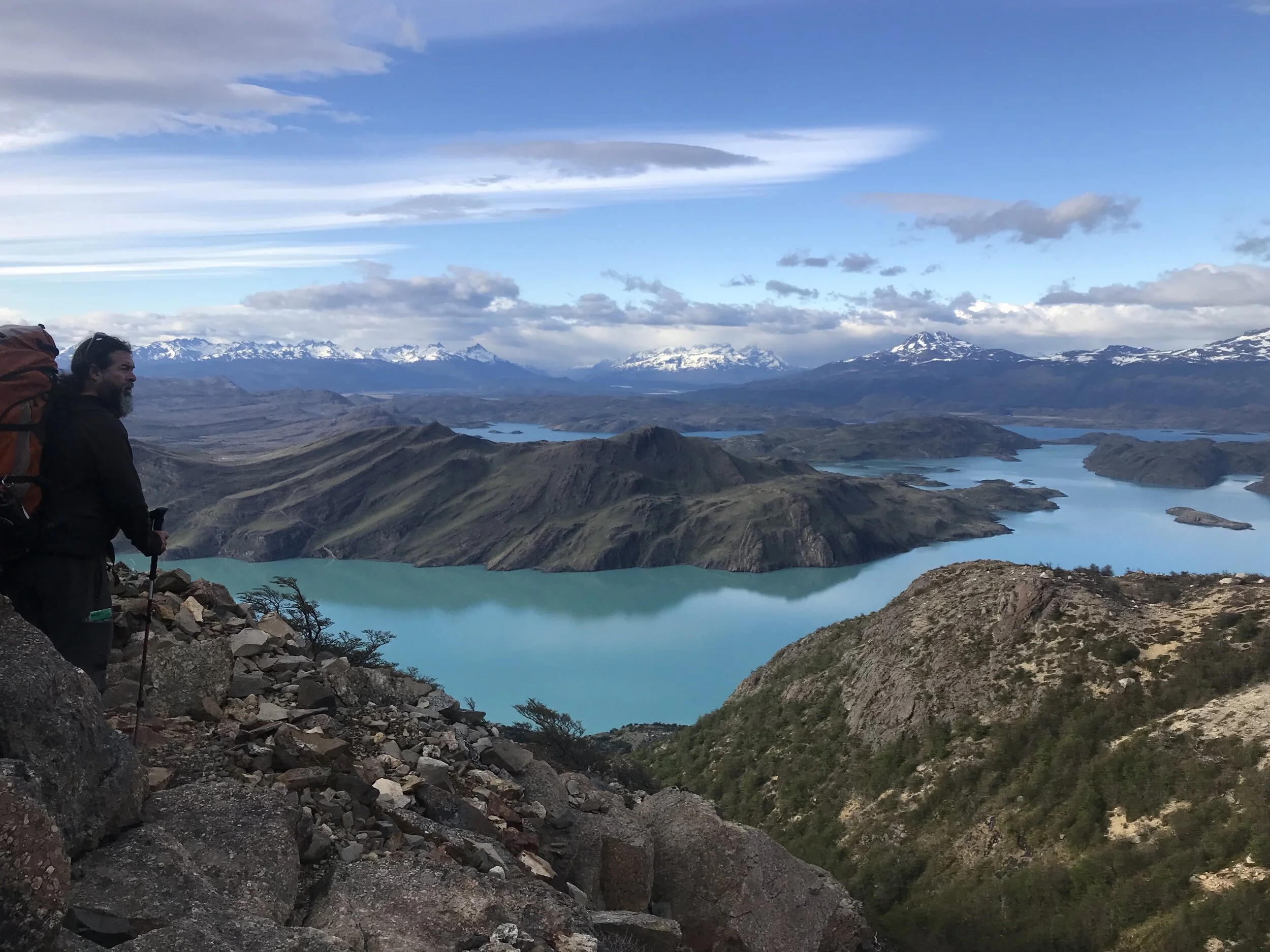





One of the best ways to prepare for a trip to Chile is to read books about the area. Whether you’re looking for a novel to capture your attention or memoir to soak in history, finding a way to immerse yourself in the cultural landscape will help create a sense of respect and authenticity before stepping foot in Chile. If you’re traveling to Chile in the near future or simply curious about Chilean culture, here is a list of books about Chile to check out.